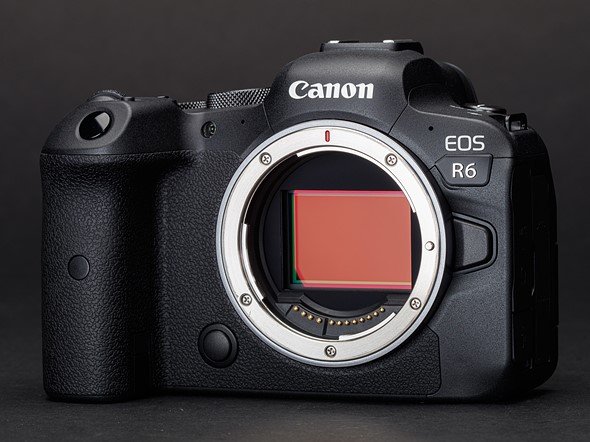All the gear and some idea
Obsessing over camera gear is an expensive pitfall that many newer photographers can fall into. The most important part of your kit is the photographer behind the camera, but there is also a reality to sports photography….it is demanding on gear, and you need to make sensible decisions around gear acquisition.
I touched on some of my triathlon photography kit about a year ago in my post about How to Photograph Triathlons. Since then, I’ve grown as a photographer, and my kit has evolved a bit along with me. The additions to bring it up to my current kit are incremental, and are mainly centred around convenience and slight improvements in image quality.
Over the following series of blog posts I’ll talk through my current kit, which is by no means a budget set-up and has been funded through my work as a photographer. I’ll also be putting together my suggestions for a starter kit that can be put together with a budget of roughly $1500.
Part 1 - Camera bodies
Once you start getting serious about photography, and particularly once you start accepting paid jobs, you simply cannot rely on just one camera body. Having multiple bodies provides the convenience I need of being able to shoot with different focal length lenses without having to change them (more about lenses here), but above all else, having a second body will save your bacon if one body happens to fail. If you’re shooting an important event and your only body fails, resulting in no images for the client, then they won’t be having you back.
My current camera bodies
Canon EOS R6. Purchased earlier this year and was my first ever brand-new camera. It is an amazing camera, and the auto-focus system is out-of-this-world. I use all my “old” EF glass with the EF-RF adaptor, and the lenses perform flawlessly. The video capabilities are also very useful for some of my other non-sport projects that I’ve done. I’ve written more about the Canon EOS R6 for triathlon photography and general sports photography.
The Canon EOS R6 really is a game changer.
Canon 1Dx. Yes, the original 1Dx from 2011 (?). I picked this up second-hand just a few months ago for about $1300 to replace my 5Dmk3 which had started having some issues with a spot on the sensor. The 1Dx is still an exceptional camera and the price was right. This one has about 180,000 shutter actuations, so still has over half of its expected life. It is also built like a tank (something which the R6 lacks), so is perfect at those inevitable rainy triathlons.
Built like a tank and heavy as all hell, you just know the Canon 1Dx is built for reliability.
Canon 5Dmk3. My staple workhorse for the better part of 2 ½ years. I picked this up second-hand for just over $1000, and it was an amazing camera. I’ve put tens of thousands of photos on this camera, it is still performs perfectly in that regard. Unfortunately, I’ve noticed a dark spot appearing in the top-right corner of all the photos, which persists with different lenses and has remained after cleaning the sensor hasn’t fixed it, so it may be a patch of dead pixels on the sensor. Cloning it out is an easy fix in Lightroom, but with thousands of photos at an event it isn’t practical. It won’t be on my hip anymore, but I’m still keeping it for when I need a remote camera set up (more on that below).
The sensor spot (circled in red) that just wont disappear from my beloved 5Dmk3. It is even more obvious with the sky as a background!
Conclusion
So that is my current complement of camera bodies. I will generally have my R6 and my 1Dx mounted on a Blackrapid Dual strap with whatever lenses I need at the time. Occasionally one of them will be mounted on a monopod if I am going to be in a single spot for a long time shooting with one of my larger telephoto lenses.
Read on for Part 2 where I talk about my selection of lenses for triathlon photography, and the Part 3 where I talk through some additional accessories that will take your triathlon photography to the next level.









